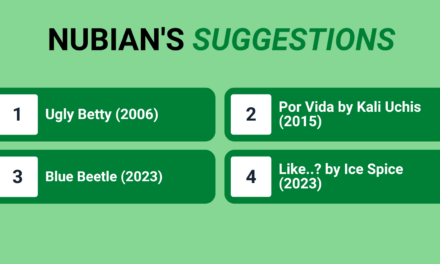Devonte Keith | Staff Writer
Over the past three years, the University of North Carolina at Chapel Hill has received almost as much attention for corruption in their academics as their success in athletics.
As the nation’s first public university, UNC-Chapel Hill boasts its ability to provide their students with the best education before anything. However, prior investigations on students, tutors, and classes have proved this wrong.
According to a recent story on CNN, Mary Willingham, an academic advisor at UNC, conducted research on 183 football and basketball players at UNC from 2004 to 2012. Willingham’s research showed that sixty percent of these players measured were reading at a fourth to eighth grade level, while almost ten percent were reading below a third grade level. Though Willingham refuses to release explicit details of which players were measured, she insists that her research on the students in the athletics programs that make money for the university was done based on screenings that the university itself paid for. She also insists that she received permission from the university several times since 2008 to access those findings to continue her research. “It’s already available to them,” Willingham said. “It’s in their system. … They have all the data and more. It belongs to them, and they paid a lot of money for it.”

The UNC mens basketball team, coached by Roy Williams, has been undergone investigation periodically for the past three years for academic misconduct.
According to ABC News, she claims to have received death threats and hate mail from anonymous sources. Willingham’s research revealed that some of the academic violations included fraud in the African American Studies Department, improper tutor help, as well as unauthorized grade changes. In fact, one of the professors of the African American Studies Department was said to have taken $12,000 in order to “teach” a no-show class. UNC issued a statement saying it did not believe Willingham’s research. “University officials can’t comment on the other statistical claims mentioned in the story because they have not seen that data. University officials have asked for that data, but those requests have not been met.”
This concept of academic scandal within athletic departments is not at all new and is not only happening in North Carolina. In 1951, the College of William & Mary in Williamsburg, Virginia was involved in a transcript altering scandal. As a means of gaining more wins and overall success in athletics, the College of William & Mary deemed it necessary to alter some of the incoming freshmen high school transcripts to allow them to be able to participate in athletics. According to a report, football players were given credit for summer school classes that they never attended. After the scandal was investigated, the repercussions didn’t seem to be that serious until the press came into play. William & Mary was never allowed to forget it’s past scandal and the “big time” football years had taken a hit because of it. More recently, CNN reported that the NCAA admitted that almost 30 athletes in sports that make revenue for schools received scores below 700 on the SAT.
In these scandals, the question lies in who gets hurt the most, the athletic department, the school, or the athletes? At the end of the day, the university is there to optimize every opportunity for every student in a way that they can do the same in years to come. When established athletic departments apply these academic crutches they limit the students to believing that they are only good at one thing: sports.








Wow. Great article.